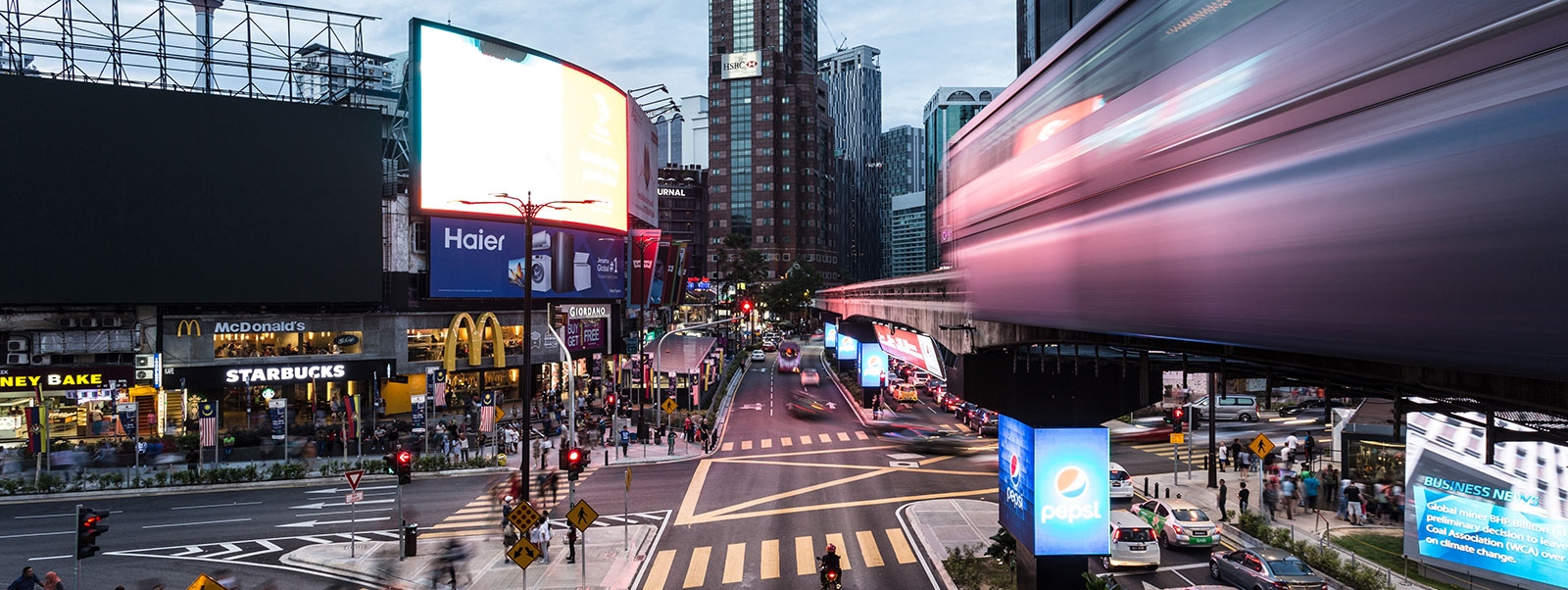Everywhere, solutions that were once the stuff of science fiction are being tested and readied for commercial expansion — whether it’s a hyperloop project between San Francisco and Los Angeles, flying taxis over Dubai, drone deliveries in Australia, unmanned cargo ships launched by Norway and China, driverless taxis in Phoenix, or self-driving trucks on highways in the southwestern United States.
At $14.9 trillion, mobility is already a fundamental pillar of the global economy. It encompasses the manufacture of vehicles, the movement of people and goods, the infrastructure of our roads, airports, and ports, and all the services and people that keep these activities functioning and in repair. Enter the New Mobility, one of the global economy’s biggest disruptors. As these new technologies reinvent how we transport ourselves, our goods, and our data, we reckon the sector will increase to $26.6 trillion by 2030. That would be almost one-fifth of the global gross domestic product (GDP), as the New Mobility expands at an annual growth rate quadruple that of the world population and more than 30 percent higher than global GDP.
Everything about New Mobility makes it a solution that we needed to have yesterday — it tends to be cheaper, safer, and cleaner, with far fewer greenhouse-gas emissions. Most New Mobility technologies will be pivotal in our planet’s efforts to contain the rise in the Earth’s temperature to less than two degrees Celsius. Cities will look to New Mobility for a competitive edge, and rural regions will use its promise of autonomous vehicles to provide service in places where it was never economical to provide it.
While today many people are wary about buying all-electric cars, a huge swath of our children may not even consider owning a car at all. Their children will think nothing of climbing into a driverless rideshare or a train that goes 760 miles per hour. They’ll probably have their pizza delivered by robots.
Mobility will become a service, not necessarily a product we buy. And however fast we may think it will all happen, it will probably be upon us sooner than that — if only because we will be demanding it.
But technological disruption does not come without a price. It is very likely that some of today’s best-known incumbents operating in mobility-related industries will not exist a decade from now — unseated by a new technology that changed the business model for their sector or outmaneuvered by a more agile newcomer. That exit from the marketplace is likely to mean the loss of jobs for many workers or a fundamental change in the skill set needed for next-generation mobility jobs, which may still result in people losing their livelihoods.
Will society be ready to transform with mobility? No doubt, new infrastructure and regulation will be needed to safely assimilate the new technologies. It will also take planning, coordination, and cooperation between business and government to make sure all the potential pluses are realized, and the downsides contained. The question is whether we will have the foresight to begin that process today.


